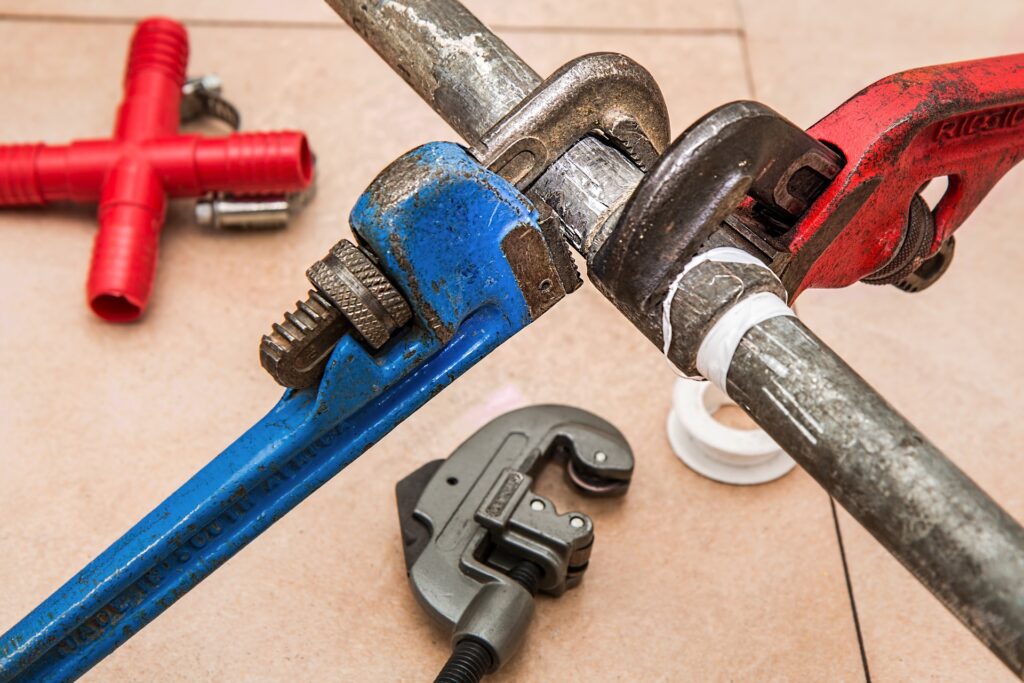How to prevent and thaw frozen drain pipes

Water has a very unique property wherein it expands once it freezes. The expansion can put a lot of pressure on anything that contains it, including plastic or metal pipes. Regardless of the strength of the container, pipes can break the moment water expands.
What pipes freeze most frequently?
Pipes exposed to extreme cold such as swimming pool supply lines, water sprinkle lines, and outdoor hose bibs.
Pipes running against exterior walls with no or little insulation.
Water supply pipes are located in unheated interior areas such as crawl spaces and basements, garages, kitchen cabinets, or attics.
Since frozen pipes are the last thing you want to happen, it is important to know how to avoid and thaw frozen pipes.
How to Avoid Frozen Pipes
Always keep the garage doors close if water supply lines are located in the garage.
If the weather is extremely cold outside, allow cold water to drip from the faucet being served by the exposed pipes. Letting the water run through the pipe, even the smallest trickle, can help prevent pipes from freezing.
Open bathroom and kitchen cabinet doors to let warmer air circulate around your plumbing. See to it that you move any dangerous household chemicals and cleaners up out of children’s reach.
If you will be away from your home during cold weather, don’t forget to leave the heat on in your house and set the temperature not lower than 55 degrees Fahrenheit.
Keep your thermostat set to a similar temperature both at night and during the day. Through a temporary suspension of using lower temperatures at night, you might get a higher heating bill but you will be able to prevent a more expensive repair job if the pipes freeze and end up bursting.
Also, make sure to monitor your pipes regularly for drain and sewer clogs.
How to Thaw Frozen Pipes
If only a trickle comes out when you turn on the faucet, you should suspect that the pipe is frozen. Possible areas for frozen pipes include against the exterior walls or where the water service enters your house through the foundation.
Let your faucet stay open. While treating the frozen pipe and the frozen spot starts to melt, water will also begin to flow through the frozen spot. You can melt the ice inside the pipe if you run water through it.
Check the rest of the faucets in your house to determine if there are other frozen pipes. When one pipe freezes, the rest may freeze as well.
Apply some heat to the part of the pipe by wrapping the pipe with an electric heating pad, a portable space heater, or an electric hair dryer, or you can also wrap the pipes with towels dampened in hot water. Never use propane or kerosene heater, blowtorch, charcoal stove, or any other open flame devices.
Continue applying heat until you restore the full water pressure. If you cannot locate the frozen spot, or you don’t have access to it, or you cannot simply thaw the pipe, contact a licensed plumber or professional drain cleaner.
Over the past few years, the world of online betting has been undergoing significant changes, providing players a diverse array of entertainment options. Modern platforms give gamblers the ability to dive deep in the excitement of wagering without leaving their homes. Breakthroughs in gaming software, new game mechanics, and cross-device accessibility have significantly broadened the opportunities.
The wide range of betting categories suits various player tastes. Some players favor timeless reel games with eye-catching visuals and engaging reward systems, while others opt for lotteries and casino classics that demand careful decision-making. The wagering on sporting events and esports sectors have also become increasingly sought after, appealing to both veteran bettors and first-time users.
Promotional offers remain a key aspect of the gaming sector. New user promotions https://ironroller.com.mx/magyarorszag-vezet-online-kaszinoja-16/ , complimentary slot rounds, money-back offers, and VIP rewards incentivize gamblers to stay engaged. Rivalry between online casinos fuels the innovation of exclusive deals that enhance the gaming experience.
Modern technology guarantees ease of use and protection. Optimized websites, adaptive interfaces, and secure transaction methods make interactions with gaming services smooth and hassle-free.
For a rewarding online gambling journey, it is crucial to select reputable sites, considering factors such as licensing, bonus terms, and user reputation. A responsible approach ensures users get the most fun with minimal downsides.
The world of digital casinos continues to evolve, introducing new entertainment options. Technological advancements, enhanced interactive elements, and modern payment solutions make it more accessible and exciting for players across the globe.